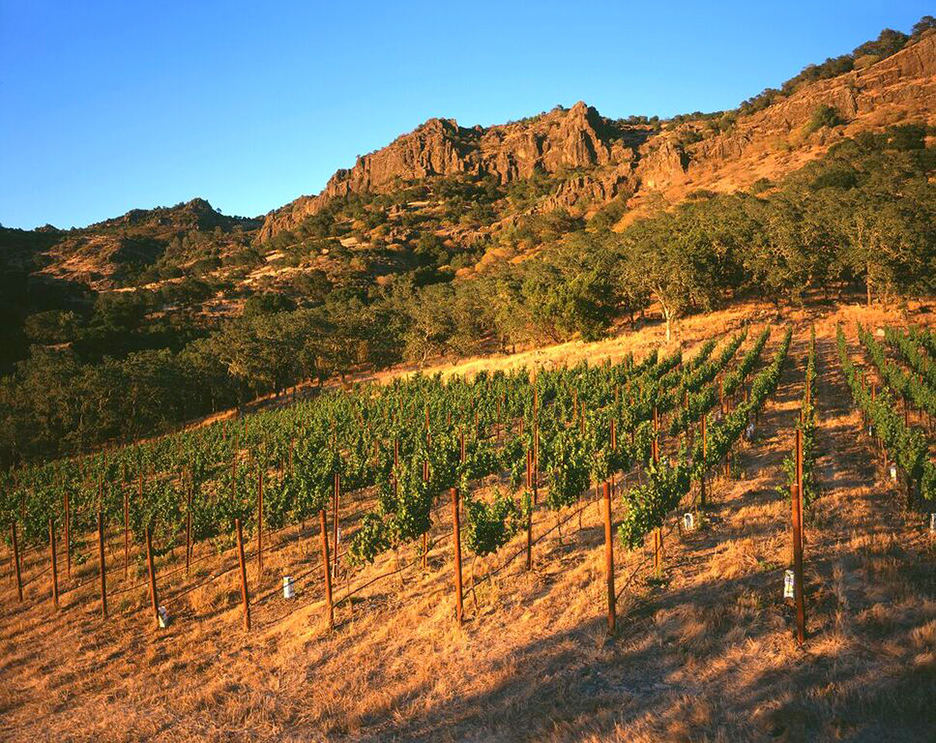Deep ruby color; Bing cherry, black raspberry, blueberry, pepper, chocolate, licorice, smoke, violets on the nose and palate.
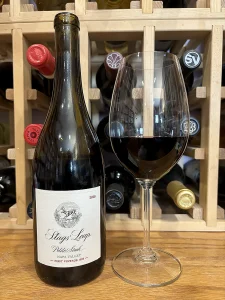
Dry; firm, grippy tannins; balancing, mouth-watering acidity. Full body. Concentrated dark fruit flavor; consider decanting. Mostly petite sirah, but 6% syrah, 5% grenache, and 3% mixed Rhône varieties. The syrah adds pepper while the grenache soften the assertive petite sirah tannins. The wine went through a relatively short maceration and fermentation (9-12 days) to avoid over extraction. Aged 15 months in American oak, 19% new to supply a bit of oak spice. 14.5% ABV
Petite sirah is everything but “petite.” Related to syrah and peloursin, petite syrah delivers very dark wines with bold dark fruit flavors. It often has significant tannin, but the tannin in this Stags’ Leap effort is tasty and relatively well behaved—for petite sirah—to the point decanting is optional rather than urgently recommended, but that also is because at five years it has had time to mellow into its better drinking window. Should still have at least five more years of aging.
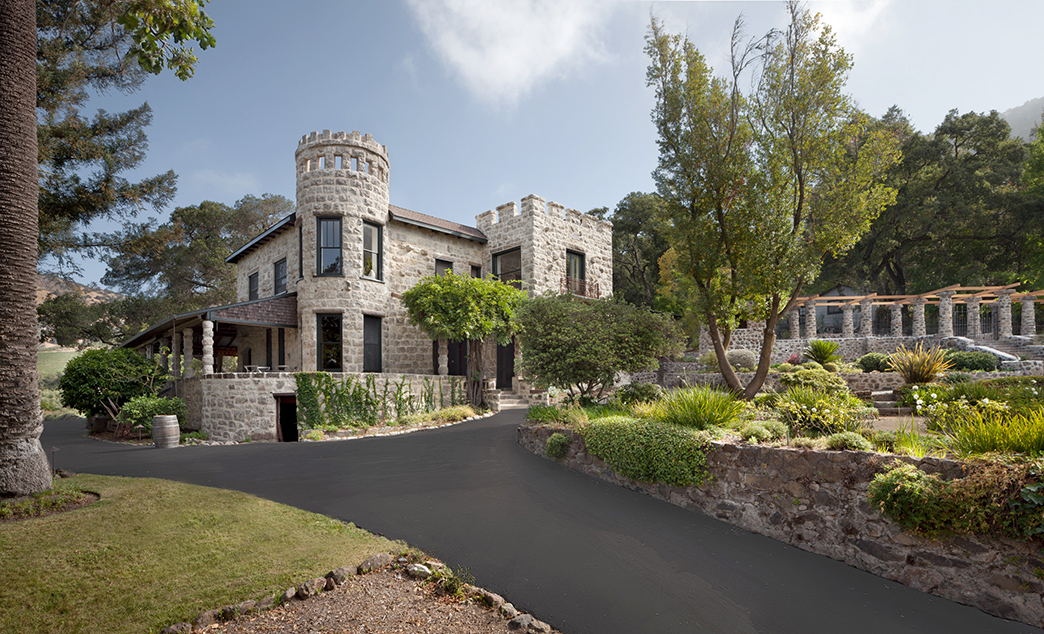
Stags’ Leap is one of California’s oldest wineries. Horace Chase partnered with his uncle, W.W. Thompson, to found the estate on land where grapes has been planted by T.L. Grigsby in the 1880s. The manor house was built in 1890 and the first vintage was produced in 1893. The Chase family got the Stags Leap name from a native Wappo legend of a stag leaping to escape Native American hunters.
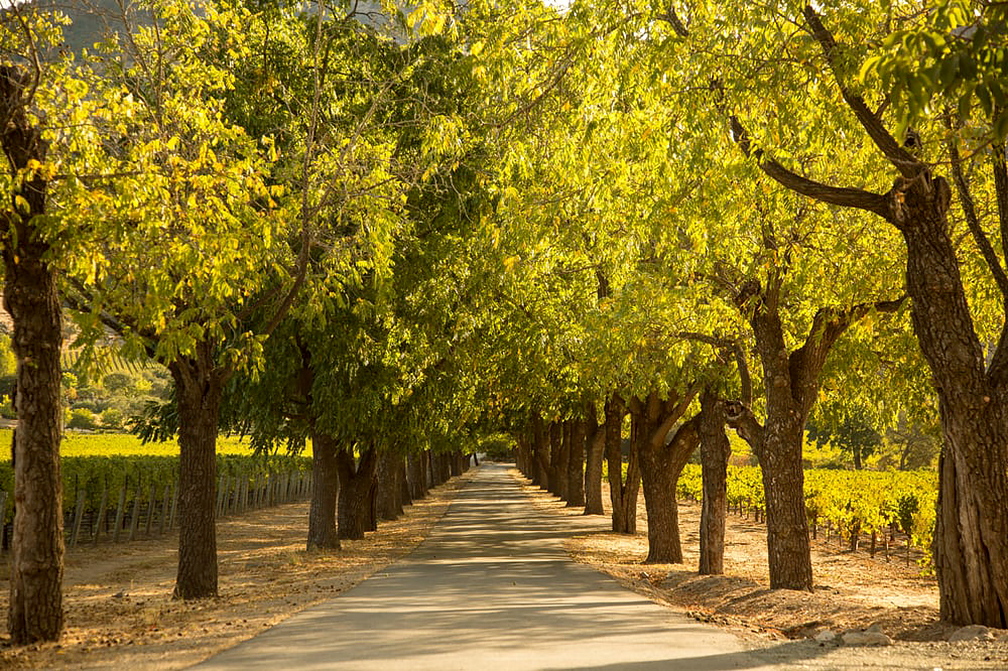
The mountains behind the property on the eastern side are known as the Stags Leap Palisades. While wine production was interrupted for extended periods—especially during Prohibition—wine grapes have been grown on the property continuously since its founding.
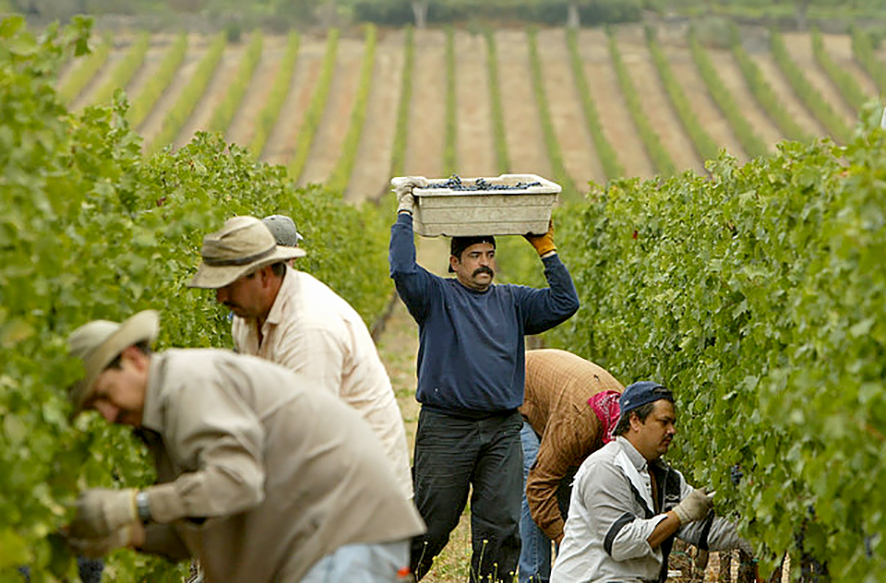
After 64 years of non-wine making (while still growing grapes for others), Carl Doumani resumed wine production at Stags’ Leap in 1972. In 2009, Christophe Paubert joined Stags’ Leap as head winemaker. He hails from Bordeaux and worked at the world-famous Château d’Yquem before joining Stags’ Leap.
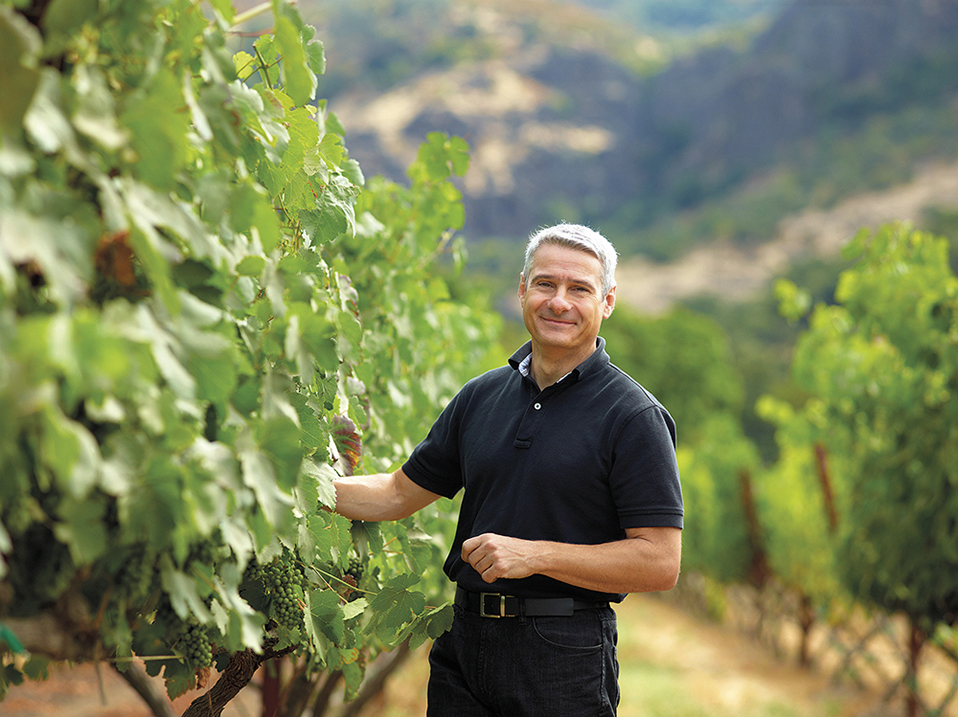
Today, Stags’ Leap is owned by Treasury Wine Estates, a major international player in the wine world, making wine in 12 countries, selling more than 35 million cases of wine a year, and generating sales of more than $2 billion. Labels you may recognize beyond Stags’ Leap include Sterling Vineyards, Beaulieu Vineyard, Beringer, Chateau St. Jean, Greg Norman Estates, Lindeman’s, Wolf Blass, and Treasury’s flagship—Penfolds.
There also is a Stag’s Leap winery, notice the placement of the apostrophe. That winery won the Judgment of Paris in 1976 and now is owned by the historic Italian wine company Marchesi Antinori and is not connected to Stags’ Leap that made this wine. Both wineries are in the Stags Leap (note: no apostrophe) district of Napa.
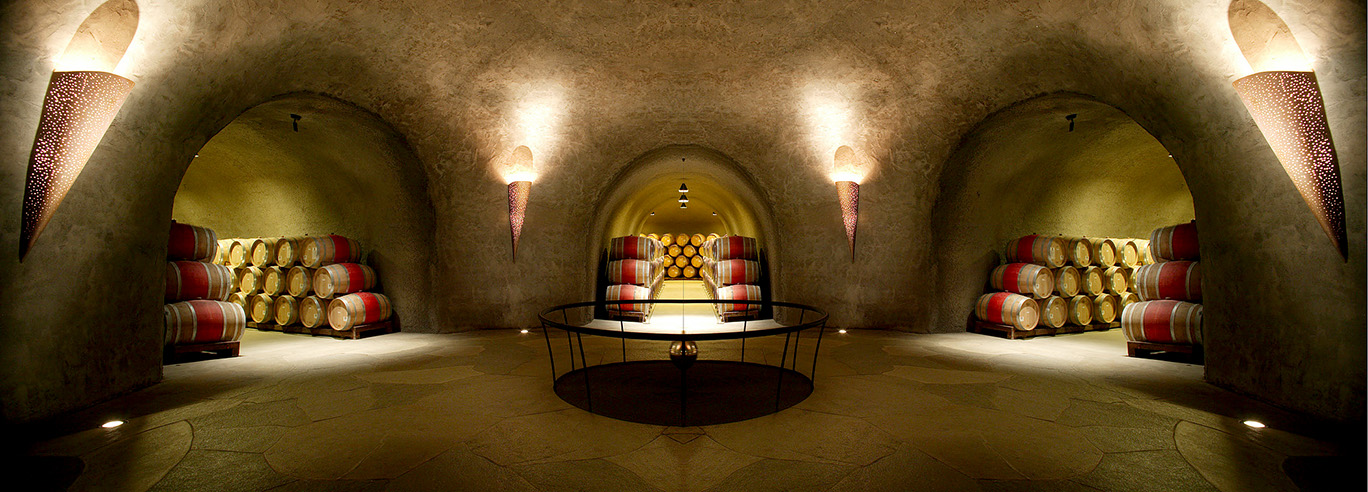
Stags’ Leap Petite Sirah Napa Valley 2020 opulent, powerful, bold with depth and structure. Robust tannins can be tamed by decanting, or you can allow this to age into its best drinking years. Not a pop-and-pour wine, at least not yet. Pairing—red meat; grilled or roasted steaks; roasted sirloin; slow-cooked braised brisket; wild game—venison, boar, wild turkey. Grilled pork chops, smoked sausage. Grilled lamb, tandoori lamb kebabs. Mexican, Latin-American moles; chili-spiced burgers. Cheese—classic with blue cheese; aged bouda, camembert, aged cheddar. Swiss or moazzarella (if your prefer a milder pairing). Avoid very mild cheeses—petite sirah will overwhelm them. $36-40
